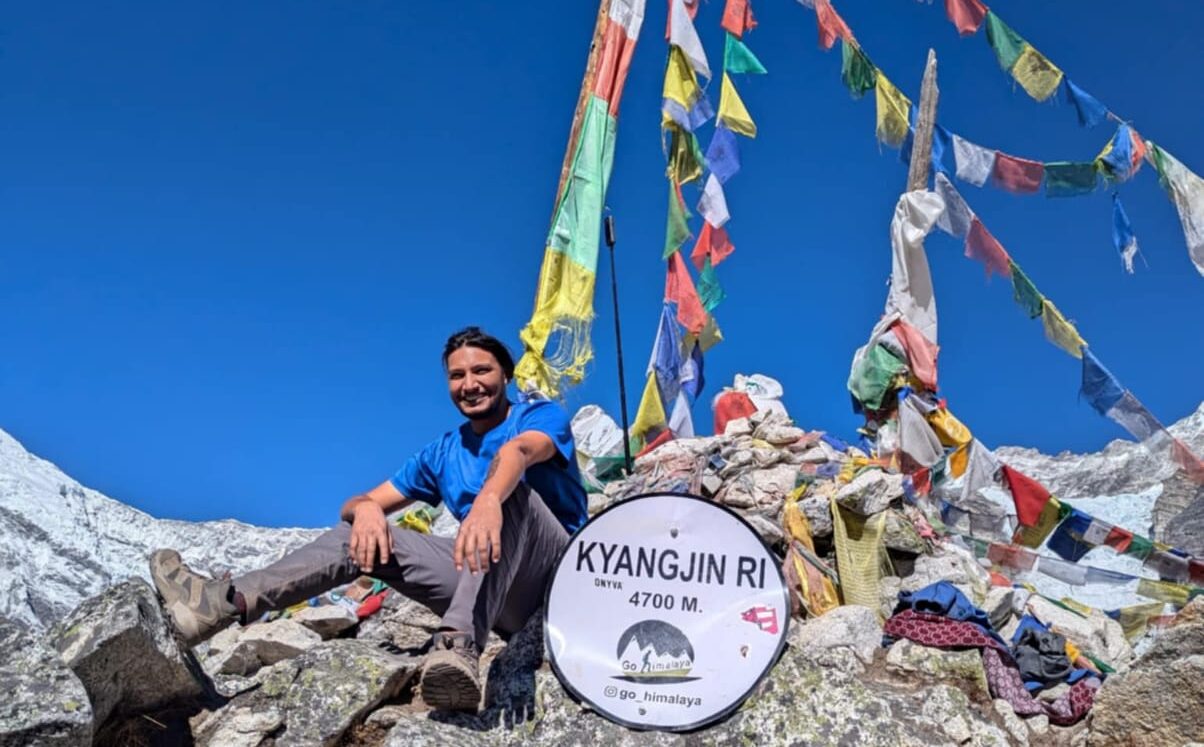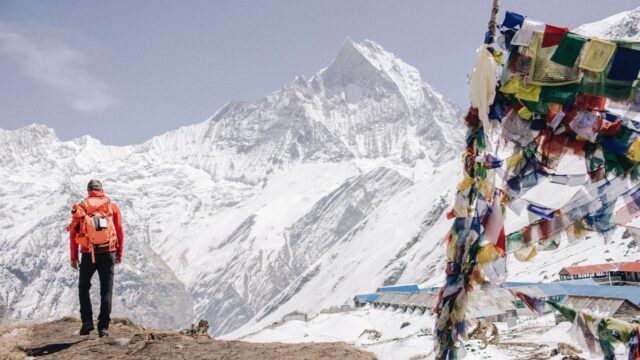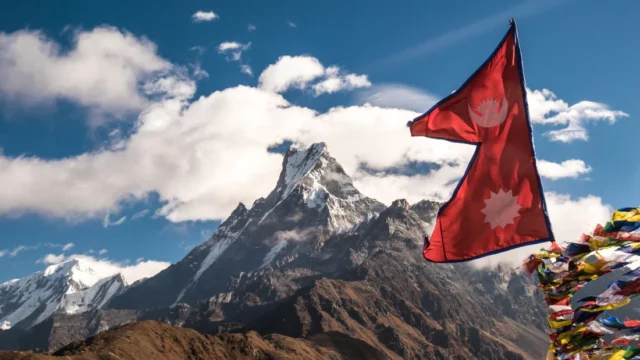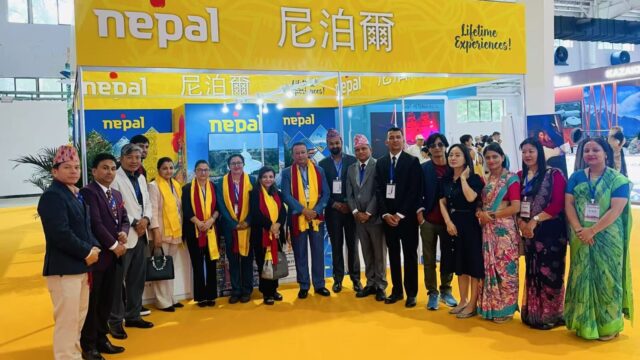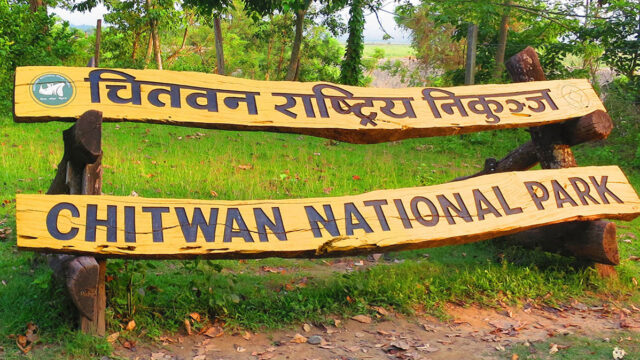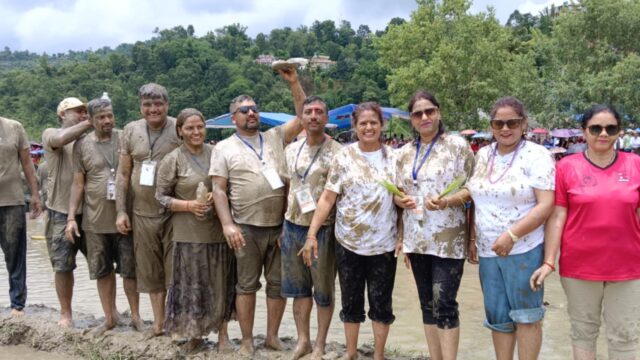As a trekking guide and tourism expert in Nepal, I always monitor visitor trends in different conservation areas. One such place, Gaurishankar Conservation Park, attracts SAARC tourists throughout the year, and analyzing these numbers helps us understand the seasonal flow of visitors.
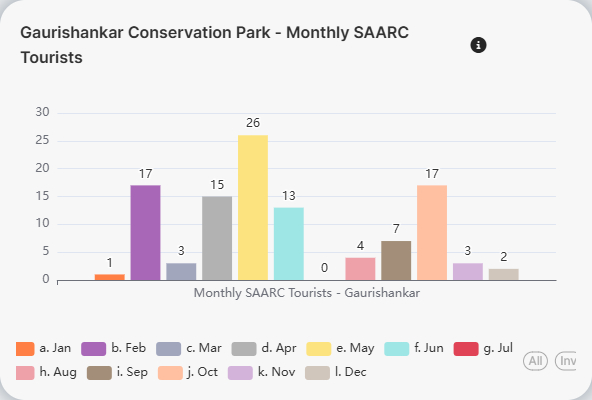
Based on the data, we see fluctuations in SAARC tourist numbers from January to December. The peak season for visitors is May, with 26 tourists, followed by September and February, welcoming 17 tourists each. These months align with the best trekking seasons in Nepal, spring and autumn, when the weather is pleasant and the trails are in perfect condition.

On the other hand, months like June and December have the lowest numbers, with zero and two tourists, respectively. The monsoon season in June brings heavy rain, making trekking less favorable, while December is quite cold in high-altitude areas, limiting the number of tourists. Other moderate months include March (15 tourists), April (13 tourists), and October (7 tourists). These months still provide good trekking opportunities but may not be as crowded as peak seasons in Gaurishankar.
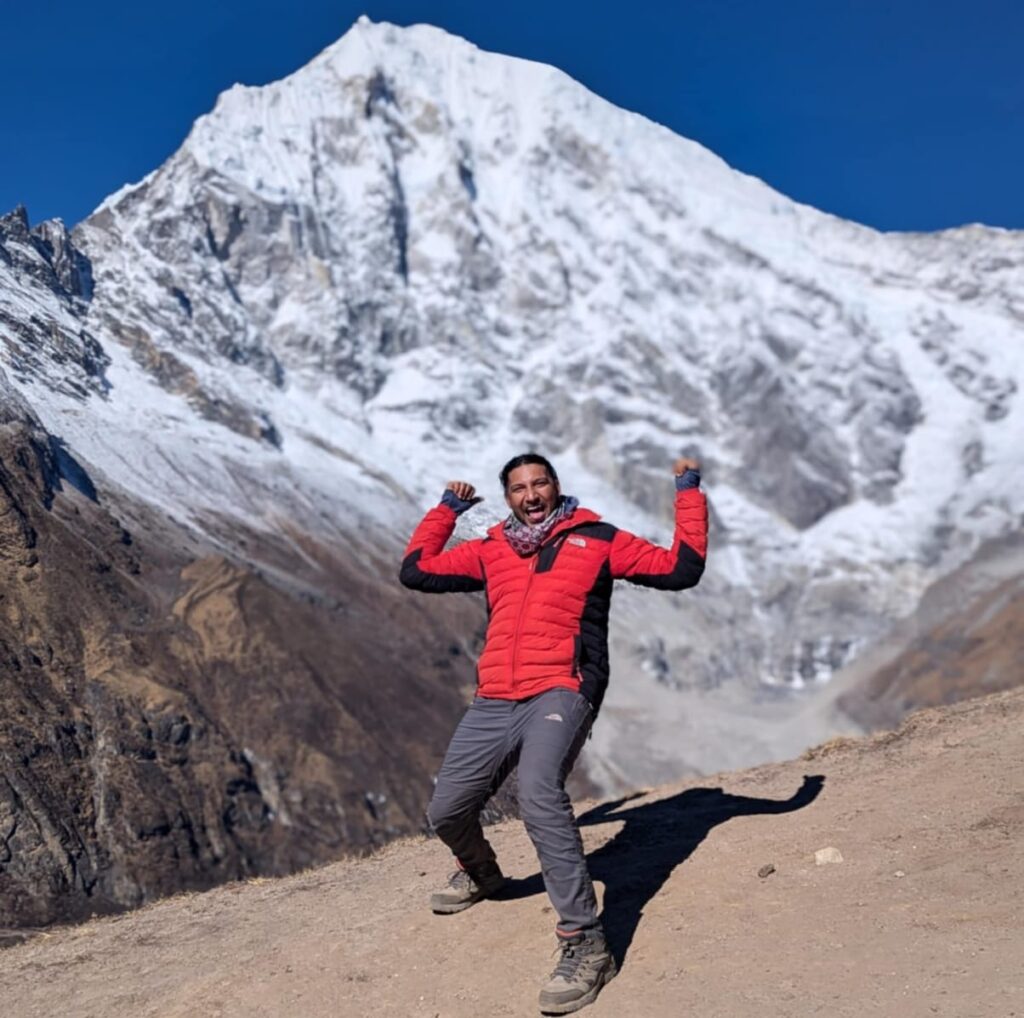
Understanding these trends is essential for both trekking agencies and independent guides, as it helps in better planning for clients. If you’re considering trekking in Nepal and want to avoid the busiest times while still enjoying great weather, targeting months like April, October, or November might be ideal.
Written By: Pari Adhikari (Tourism Professional and Trekking Guide)
